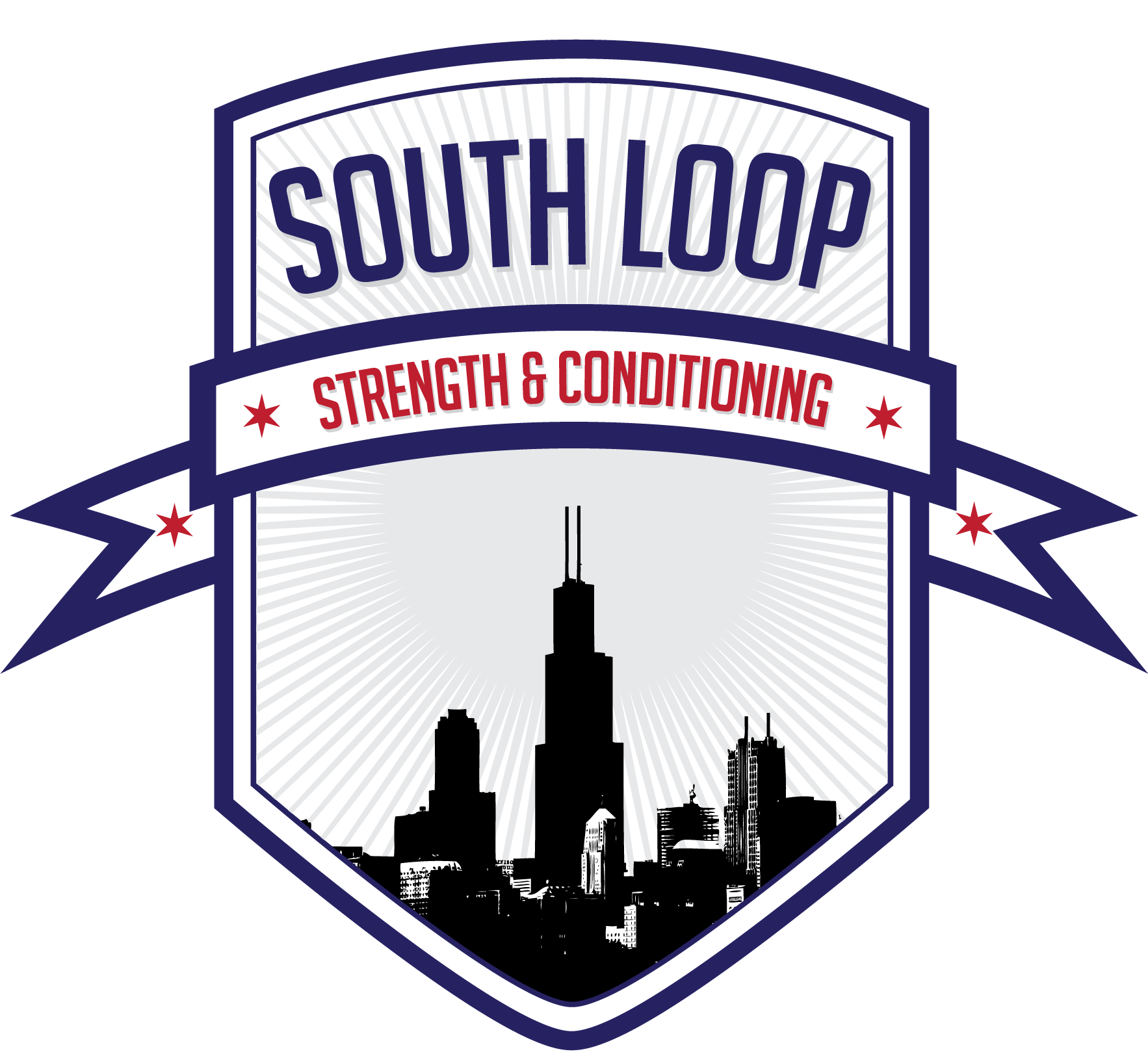Check out this video of Solly struggling to get through the transition of a muscle-up.
View this post on InstagramA post shared by SouthLoopSC (@southloopsc) on
What’s going on here? Initial guesses include a lot of the standard cues that we hear for muscle-ups. He needs to keep the rings closer, he is transitioning too early, he is transitioning too late, he needs to pull the rings lower, etc.
While some of these things may be true, what’s actually going on here is almost certainly more complicated than that.
And – a lot of the time when we see people who struggle on muscle-ups but “should” be able to get one based upon their overall strength and skill level – we see a similar issue to what is happening to Solomon.
We even see this with a lot of elite CrossFit competitors as well. They’re often just better at compensating around this issue.
For Solly, we’re likely seeing an issue in the transition of the muscle-up caused by a lack of shoulder extension. We know that – in general – Solly tends to be rather tight through the shoulders and upper back. If the ribcage and the spine are locked in a less than ideal position, the scapula will often struggle to track along the ribcage and shoulder internal rotation (at least relative to the ribcage positioning) and extension (the ability to bring the arm back behind the body) can be quite limited.
And, what needs to happen to get through the transition point of a muscle-up?
You need to catch your entire bodyweight in a deep, deep ring dip – which involves quite a bit of shoulder extension and internal rotation.
So, if the shoulder is missing extension and internal rotation, what will happen? Well, your body will try to find a way to get through the transition anyway. And that looks like flaring the elbows way out and attempting to hook the wrists on top of the rings to create leverage to lean the torso forward through the transition.
Some people can actually get through a decent amount of strict muscle-ups this way – although their elbows often feel like they’re going to snap in half.
This may also simply be a cuing issue where Solly is attempting to “pull” himself through the transition point rather than “pushing” through, so he’s hooking the wrists further over the rings which prevents him from creating the transition motion of rolling the wrists into extension to allow him to push out of the ring dip.
Either way, this is a very difficult issue to fix. When shoulder extension disappears, it’s really hard to get it back. This usually requires significant work on ribcage and spine repositioning, as well as retraining the motor pattern of the scapula and glenohumeral joint to even get into an extended position under no load – let alone dynamically with your entire bodyweight in a ring muscle-up.
I don’t really have perfect solutions for fixing this issue – but I do think it’s important to recognize what the muscle-up transition looks like when someone is missing shoulder extension so we can stop giving them unhelpful cues about their kip or their pull.

